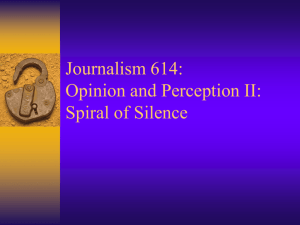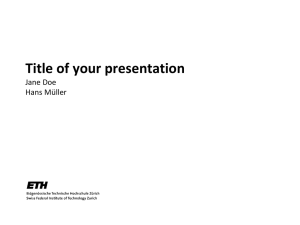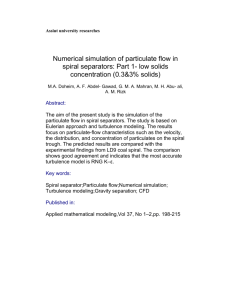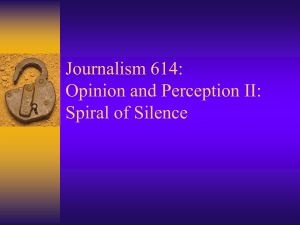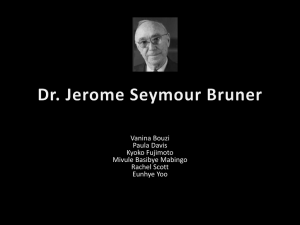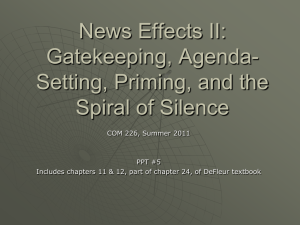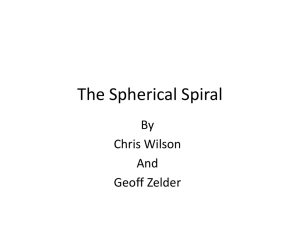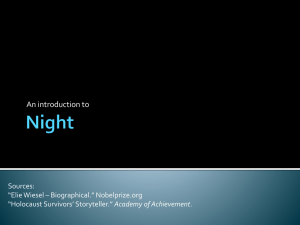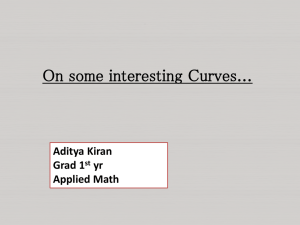Spiral of Silence
advertisement
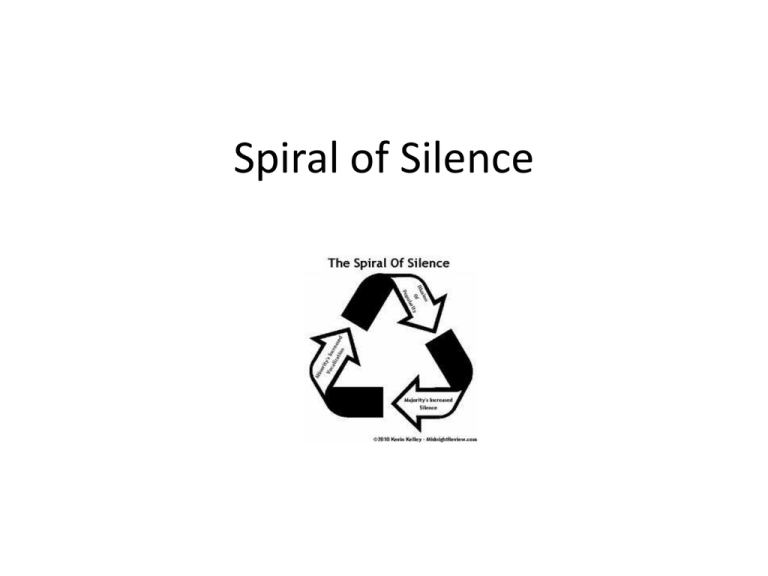
Spiral of Silence Spiral of Silence Theory • Developed by German political scientist Elisabeth Noelle Neumann in late 1940s • Theory aims to explain the growth and spread of public opinion Spiral of Silence • Noelle-Neumann defined public opinion as “Attitudes one can express without running into the danger of isolating oneself,” particularly in relation to morally or politically loaded topics. What is the Spiral of Silence ? • The term spiral of silence refers to the pressure that people feel to conceal their views when they think that they are in the minority. Context for the Theory • Noelle-Neumann used this theory to seek to explain the rise of Nazism in Germany Spiral of Silence • She argued that in addition our five senses, humans have a “quasi-statistical organ,” or sixth sense that monitors what others around us are thinking or feeling. Spiral of Silence • Why do people deploy this sixth sense ? Because they fear isolation Spiral of Silence • Noelle-Neumann drew heavily on the work of social psychologist Solomon Asch who undertook the line experiment below to measure conformity Spiral of Silence • In an experiment, Asch found that in 18 trials, 75% of the subjects conformed at least once. • Why did the participants conform so readily? When they were interviewed after the experiment, most of them said that they did not really believe their conforming answers, but had gone along with the group for fear of being ridiculed or thought "peculiar". Role of Media in Theory • Noelle-Neumann argues that media accelerates the silencing of the minority in the spiral of silence • This is because opinions supported by influential media are overestimated Beyond Agenda-Setting • Media not only tell us what to think about, but provide us the “socially sanctioned view of what everyone is thinking” • This, she argues can create a false consensus because those who disagree are rendered silent To speak or not to speak • Noelle-Neumann argues that when people see that their view is popular/spreading, they tend to speak out thus reinforcing the trend and vice versa • Asked people if you are traveling and the person next to you begins to speak about abortion, would you talk to this person or would you rather not talk ? To speak or not to speak Findings: • Those who feel that they are in the majority are willing to speak out • Willingness to speak out depends on perception of future trends • Low self esteem causes views to be muted • Males, young adults and people of middle to upper classes more likely to speak out • More willing to speak to those who might share their views • Existing laws encourage people to express their opinions when they feel outnumbered How does the Spiral Work ? • Components • Human ability to ascertain trends in public sentiment • Individuals’ fear of isolation • People’s fear of expressing minority views Who cannot be silenced ? • Hard-core nonconformists • Avant garde Critique of the Spiral of Silence • Theory presumes rather than tests fear of isolation • Factors other than fear of isolation might be at work • Focus on national environment rather than reference group environment • Artificial nature of plane/train test
